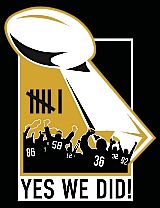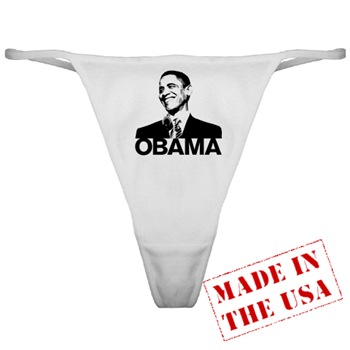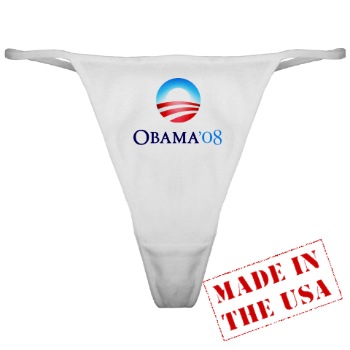With the Pittsburgh Steelers’ sixth Super Bowl (err, I mean “Big Game“) victory, local fans are quick to make merchandise celebrating. And the NFL is quick to demand that those fans cease and desist from manufacture of that merchandise under copyright and trademark law. While I can completely understand the NFL’s enforcement efforts for blatant knock-offs, the latest victim was this T-shirt, which did not feature the words “Pittsburgh,” “Steelers,” the Steelers logo, and only sort of approximated the Steelers’ color scheme. Yet, the manufacturer made one fatal mistake: He included an image of the Lombardi trophy.
The NFL sent Dan Rugh, owner of CommonWealth Press on the South Side and the Web site where the shirts were sold, a cease-and-desist order Wednesday stating use of the Lombardi Trophy design violates an NFL registered trademark and copyrighted design.
The NFL also objected to the use of a new trademark, SIXBURGH, even though the NFL has not used the mark, and it includes only the “mashing” of “Pittsburgh” and “six.”
“We have also learned that your company is producing and offering for sale SIX BURGH shirts using the colors of the Pittsburgh Steelers Club,” the NFL’s letter stated. “These elements, particularly in combination, clearly misappropriate the goodwill enjoyed by the Pittsburgh Steelers Club, which now has won six NFL Championships.”
The NFL objects to the use of the team colors or any other indication or likeness of the Pittsburgh Steelers, including the designation Sixburgh, “as that’s likely to confuse consumers who might mistakenly believe that the shirts were authorized by the Steelers or the NFL,” NFL spokesman Dan Masonson said.
[…]
In an interesting twist, the NFL could receive a cease-and-desist order of its own. The NFL Shop at http://www.nflshop.com has been selling “Six-Burgh” T-shirts.
SmartArt, LLC of Queenstown, Md., applied for the trademark to the term “SixBurgh” on Jan. 14 for T-shirts, sweatshirts, caps and jackets and the company didn’t license the term’s use to the NFL. SmartArt has been marketing SIXBURGH T-shirts featuring James Harrison’s signature.
“We’ve done well with it,” said Fred Fillah, SmartArt’s marketing director. “I did a lot of research on ‘SixBurgh.’ Prior to us trademarking it, there wasn’t anything. I couldn’t find it anywhere. I did due diligence. You’ve got to respect other people’s rights and what’s considered fair.”
Mr. Fillah said his attorney will be investigating whether the NFL has violated his trademark.
“To the extent the term SixBurgh is being used in a context that refers to the Pittsburgh Steelers, only the team or its authorized representative, in this case NFL Properties, may use it,” the NFL spokesman, Mr. Masonson said.
The NFL is great at arguing that it has rights to trademarks that it hadn”t used (or necessarily thought of). It won a case when the L.A. Rams moved to St. Louis against a person who attempted to register “ST LOUIS RAMS” before the NFL and then hold the NFL hostage for trademark licensing rights. (I’ll look for the citation.) The Court found that the early announcements of the team’s move and other uses gave the NFL priority. But it would seem to me that this is a different situation, particuarly if the applicant for SIXBURGH did not attempt to hold the NFL hostage when it filed its application. After all, SIXBURGH can refer to nothing more than the city that houses the team that has won six NFL national championships, not necessarily the team that actually won the championships. How ironic it would be if discovery showed that the NFL marketing guys “discovered” the SIXBURGH application and then “suddenly,” beliving the mark to be owned by the NFL through some sort of doctrine of implication, created merchandise with the mark.
If SmartArt has some money to spend and has the smarts to get an experienced trademark firm, this may be an interesting case.











